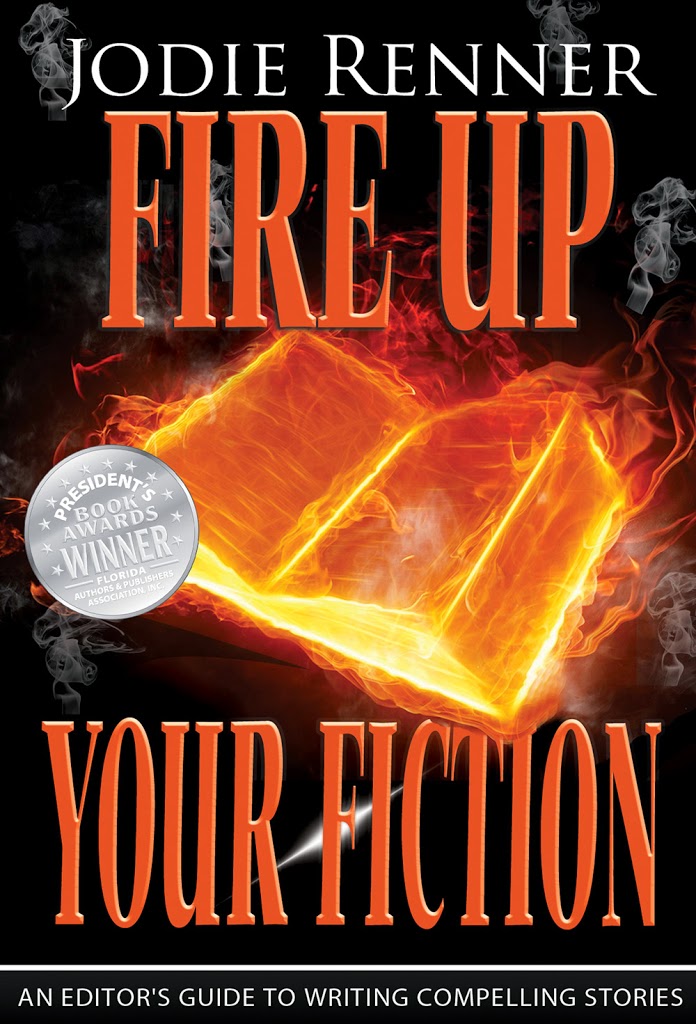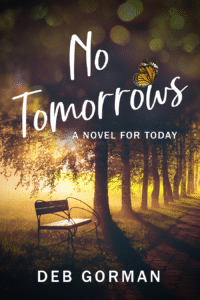by Jodie Renner, editor and author 
How often do you hear — or feel — about a rejected novel, “I just couldn’t get into it”? A story might have a great premise and plot, but if we “just can’t get into it,” we’ll put it down and look for another one.
What are some aspects of a novel that make you yawn, go “meh,” or start thinking about what else you could be doing? I would bet that most times it’s because the author hasn’t succeeded in engaging you emotionally, in effectively sucking you into their story world, making you feel like you’re right there with the characters.
I read for entertainment and escapism, so I want to lose myself in a novel, not be a detached observer of the characters and events. Don’t you?
In my editing of fiction, I sometimes see too much general, factual exposition (“info dumps”); or neutral, mostly visual description; or a page or more of straight dialogue (“talking heads”), with little or no indication of where the characters are, what they’re doing, what they’re seeing, hearing, smelling, touching, or tasting, or how they’re feeling/reacting to others and their environment.
“Good writing is supposed to evoke sensation in the reader – not the fact that it is raining, but the feeling of being rained upon.” ~ E. L. Doctorow
In order for your story and characters to come to life on the page, your readers need to be able see what the main character is seeing, hear what he’s hearing, and smell, taste and feel along with him.
And to empathize with and bond with the character, readers also need to see/feel her reactions and thoughts.
“If you write abstractions or judgements, you are writing an essay, whereas if you let us use our senses and form our own interpretations, we will be involved as participants in a real way.” ~ Janet Burroway, Writing Fiction
So if you’ve written a half-page or more of nonstop dialogue, neutral information-sharing, or description that’s mainly visual, it’s time for some revisions.
To bring your scene and characters to life and engage the readers, evoke all or most of the five senses in almost every scene.
~ SIGHTS. Readers need to see what your viewpoint character sees: pertinent visual impressions of the scene and people around him. And best to include only relevant information, the things that character would actually notice in that scene. We don’t need a detailed description of everything in a room, for example — they’re usually too busy acting and reacting to study the room thoroughly.
Zoom in on some telling details, like smudges on a mirror, sweat on a brow, condensation on a glass, steam from a coffee cup, fists clenched, hands shaking, shoulders hunched, etc.
A small sampling of visual descriptors: glaring, faded, dim, bright, dingy, flashing, dazzling, blurred, sparkling, brilliant, flashy, radiant, shadowy, smudged, streaked, glistening, shiny, gaudy, gleaming, glittering, gloomy, glowing, hazy, misty, shimmering, streaked, twinkling, tarnished
Example of effective visual description:
“…people on the bridges peeping over the parapets into a nether sky of fog, with fog all round them, as if they were up in a balloon, and hanging in the misty clouds.”
– Bleak House, by Charles Dickens
~ SOUNDS. We need to hear anything your POV character can hear, including tone of voice.
Some sound verbs: swish, rattle, crash, whack, crackle, gulp, slam, hoot, clatter, crunch, fizz, grind, gurgle, blare, chime, slap, chirp, chortle, thud, chuckle, clash, croak, rumble, croon, drone, groan, howl, jangle, knock, ping, jingle, plop, roar, rustle, sizzle, slurp, thunk, tinkle, twang, whine, whistle
Example of sounds:
“…the storm came rattling over the Heights in full fury. … a huge bough fell across the roof, and knocked down a portion of the east chimney-stack, sending a clatter of stones and soot into the kitchen-fire.”
– Wuthering Heights, by Emily Bronte
~ SCENTS – anything that might be pertinent or bring the scene to life —fresh coffee, an apple pie baking, bacon frying, a suspicious chemical smell, fresh-cut grass, the stench of a dead body decomposing, etc.
Some possible descriptors for scent: musty, damp, stuffy, sweet, sickly, rank, spicy, acidic, perfumed, fetid, musky, suffocating, putrid, tantalizing, mouth-watering, noxious, sharp, foul, rancid, stinky, funky, pungent, piney
Example of smells:
“…they were crammed in a tiny apartment that smelled of burning rubber and foot odor.”
~ Holes by Louis Sachar
~ TOUCH . We should feel any relevant tactile sensations of the viewpoint character.
Some tactile sensations to consider: sticky, fuzzy, slimy, clammy, hairy, silky, smooth, rough, soft, hard, rigid, fluffy, starchy, crisp, corrugated, rippled, abrasive, cracked, tough, bristly, burning, cold, cottony, damp, dry, feathery, furry, gnarled, hot, knobbed, knotted, leathery, limp, lumpy, oily, puffy, ribbed, rubbery, sandy, sharp, smooth, velvety, wet
Example of touch:
“On every rail and gate, wet lay clammy.”
– Great Expectations, by Charles Dickens
~ TASTE. Let us vicariously taste some of the things the character is eating or drinking.
Some descriptors for tastes: sour, bitter, oily, salty, acidic, spicy, fiery, sweet, rich, buttery, sugary, revolting, biting, fruity, full-bodied, gamy, gross, juicy, sharp, succulent, syrupy, tangy, tart, zesty, zingy
Example of taste:
“Slimy water that tasted like blenderized fishsticks slid down my throat.”
– Crown Me! by Kathryn Lay
So if you want to write riveting fiction (and who doesn’t?), don’t keep your readers at a distance, impassively reading the words on the page. Suck them right into your story world, your fictive dream, by making them feel like they’re right there with your character, like they are your character. Evoke sights, sounds, smells, and tastes from the readers’ own memory banks, which will trigger emotions. Scents especially bring back feelings and memories, which readers can draw upon to be active participants in your story.
And show us what the characters are thinking and feeling, too — their inner and outer reactions to what’s going on around them. All of this enhances the readers’ experience and deepens their emotional investment with your story.
Check out these related posts by Jodie: “Show Those Character Reactions” and Phrasing for Immediacy and Power” – State Cause before Effect, Action before Reaction, Stimulus before Response. And see James Scott Bell’s excellent post yesterday on drawing on your own memory bank of emotions to enhance your fiction.






